
Guided by machine learning, chemists at ORNL designed a record-setting carbonaceous supercapacitor material that stores four times more energy than the best commercial material.

Guided by machine learning, chemists at ORNL designed a record-setting carbonaceous supercapacitor material that stores four times more energy than the best commercial material.

Quantum computers process information using quantum bits, or qubits, based on fragile, short-lived quantum mechanical states.
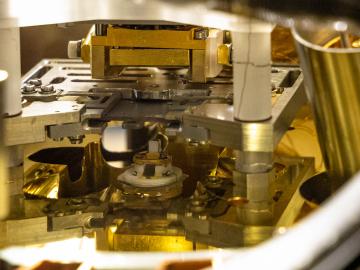
A team of scientists with ORNL has investigated the behavior of hafnium oxide, or hafnia, because of its potential for use in novel semiconductor applications.
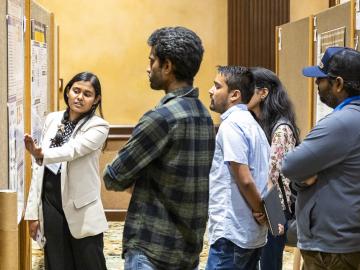
Speakers, scientific workshops, speed networking, a student poster showcase and more energized the Annual User Meeting of the Department of Energy’s Center for Nanophase Materials Sciences, or CNMS, Aug.

Scientist-inventors from ORNL will present seven new technologies during the Technology Innovation Showcase on Friday, July 14, from 8 a.m.–4 p.m. at the Joint Institute for Computational Sciences on ORNL’s campus.
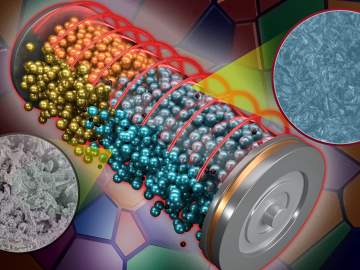
ORNL scientists found that a small tweak created big performance improvements in a type of solid-state battery, a technology considered vital to broader electric vehicle adoption.

Andrew Lupini, a scientist and inventor at ORNL, has been elected Fellow of the Microscopy Society of America.
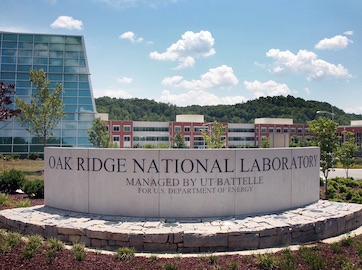
Zheng Gai, a senior staff scientist at ORNL’s Center for Nanophase Materials Sciences, has been selected as editor-in-chief of the Spin Crossover and Spintronics section of Magnetochemistry.
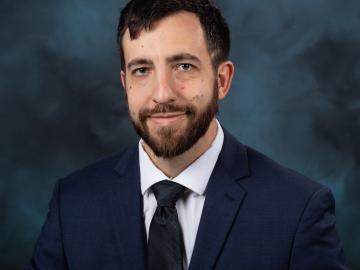
Jordan Hachtel, a research scientist at ORNL’s Center for Nanophase Materials, has been elected to the Board of Directors for the Microanalysis Society.
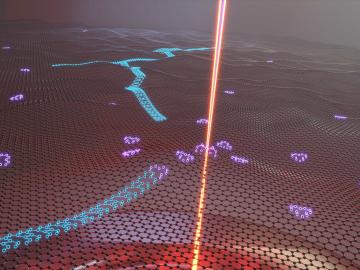
Oak Ridge National Laboratory researchers serendipitously discovered when they automated the beam of an electron microscope to precisely drill holes in the atomically thin lattice of graphene, the drilled holes closed up.

